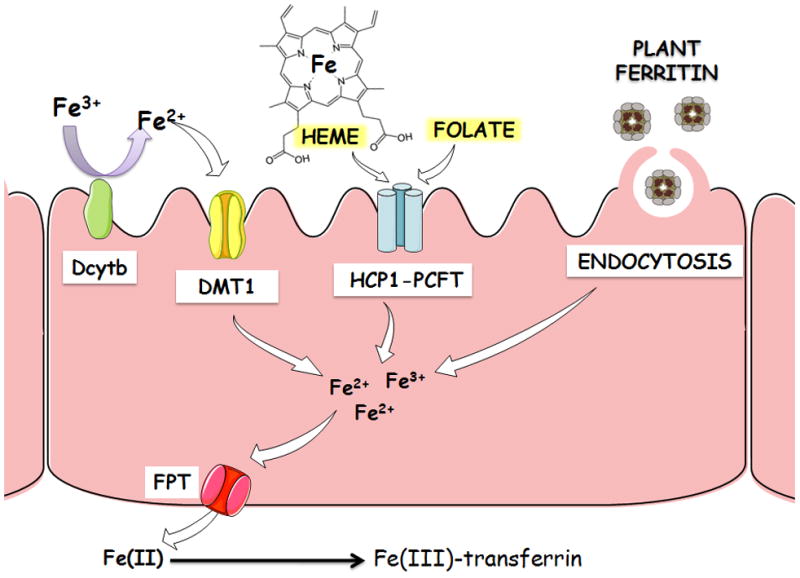Figure 2. Mechanisms of Intestinal Fe Uptake.

Fe can be absorbed in the enterocyte via distinc mechanisms: 1) Divalent Metal Transporter 1 (DMT1) and duodenal cytochrome b (Dcytb) Fe oxireductase system, which is involved in the absorption of free divalent Fe (Fe2+); 2) HCP1/PCFT or heme carrier protein 1 (HCP1)/proton-coupled folate transporter, which is involved in the absorption of heme-Fe and folate, and 3) a clathrin-dependent, receptor-mediated system that is involved in the absorption of vegetable-ferritin-bound Fe via endocytosis. After absorption, all forms of Fe are transformed to cationic Fe that can be exported from enterocytes by ferroportin (FTN). In the plasma, Fe2+ is oxidized by ceruloplasmin or hephaestin and binds to transferrin. Tranferrin can distribute Fe to all tissues of the body, including brain where Fe overloading contributes to neurodegeneration.
